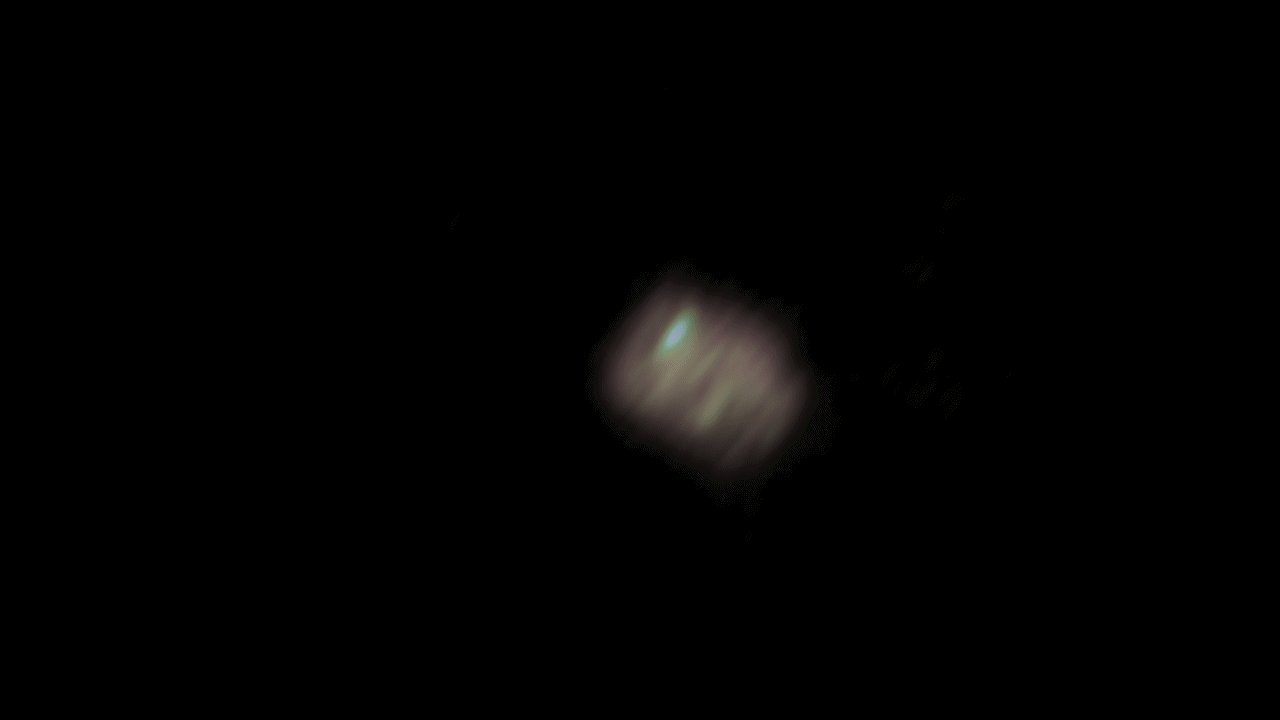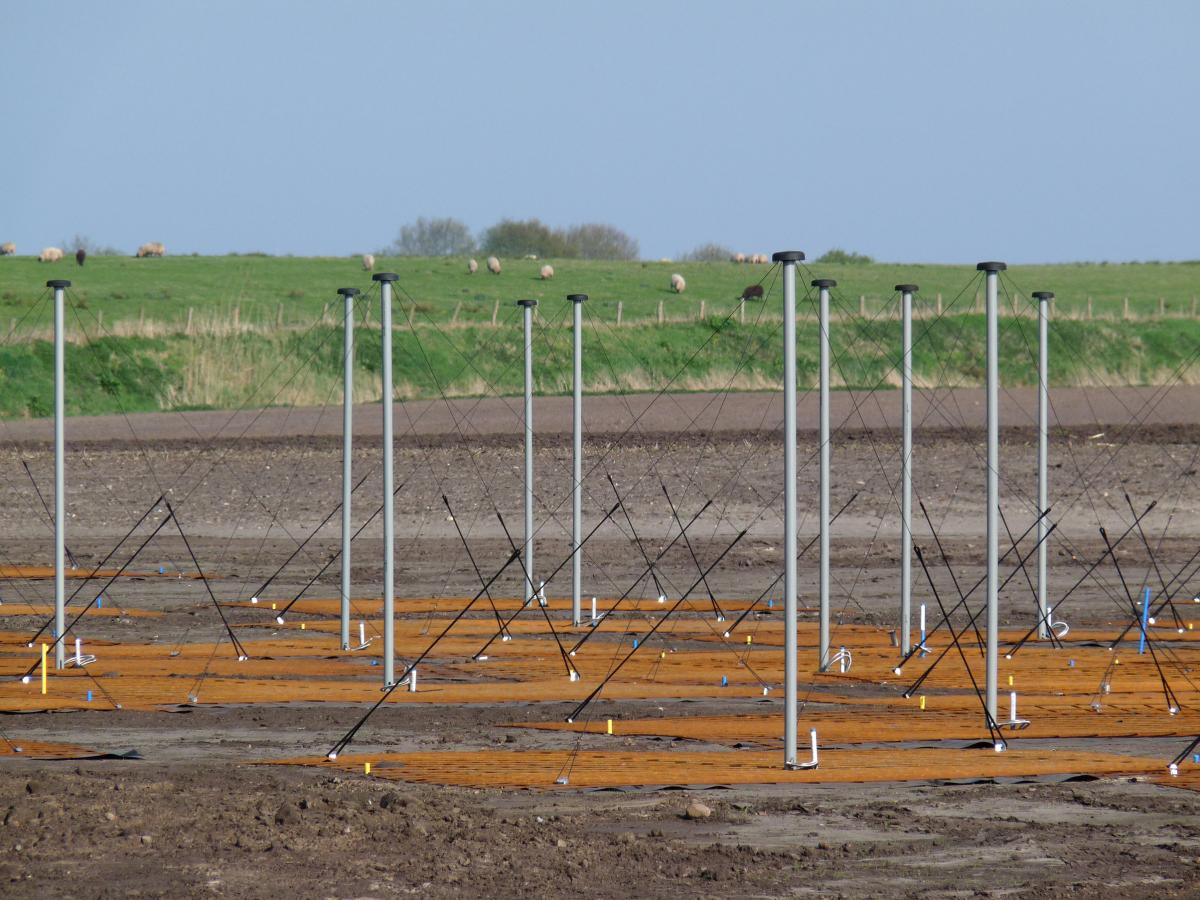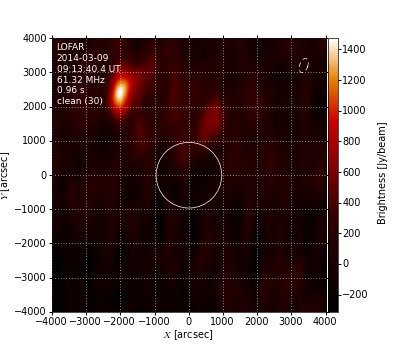Radio Telescope Network LOFAR
Observing the eclipse from Earth - clouds or not
The LOFAR core station in the Netherlands will see the eclipse from 08:38 Local Time,
maximum at 09:39 LT, and ends at 10:50 LT.
The Moon will cover 85 % of the solar diameter.
 LOFAR, the Low Frequency Array, is an international project led by ASTRON, the Netherlands Institute for Radio Astronomy. This movie is prepared by M. Brentjens and the LOFAR team.
LOFAR, the Low Frequency Array, is an international project led by ASTRON, the Netherlands Institute for Radio Astronomy. This movie is prepared by M. Brentjens and the LOFAR team.
LOFAR is a giant radio telescope capturing low frequency radio waves from the Universe. It provides unprecedented data to radio astronomers.
ROB scientists will participate in LOFAR observations of the solar eclipse, a special observing campaign initiated with German and Dutch colleagues. It offers a unique opportunity to make radio images of this celestial phenomenon. The next solar eclipse visible with LOFAR will only take place in 2021. During the maximum, around 09:39 UT, about 85 % of the solar diameter will be masked by the Moon. However, a large part of the solar atmosphere, will remain visible in radio, as it is much more extended than the visible Sun.


Left: The telescope is made of stations spread over several European countries, each station
consisting of
hundred or more low-cost antennas. The antennas, combined together,
act as a virtual telescope of tens to hundred kilometers wide.
Right: LOFAR observes a solar burst, high above the Sun (the white circle), as
a bright area in the image. The burst is so intense that it makes the Sun almost invisible.
(F. Breitling, AIP, Germany)
Remark : Dutch Local Time (LT) = Universal Time (UT) + 1 hour



